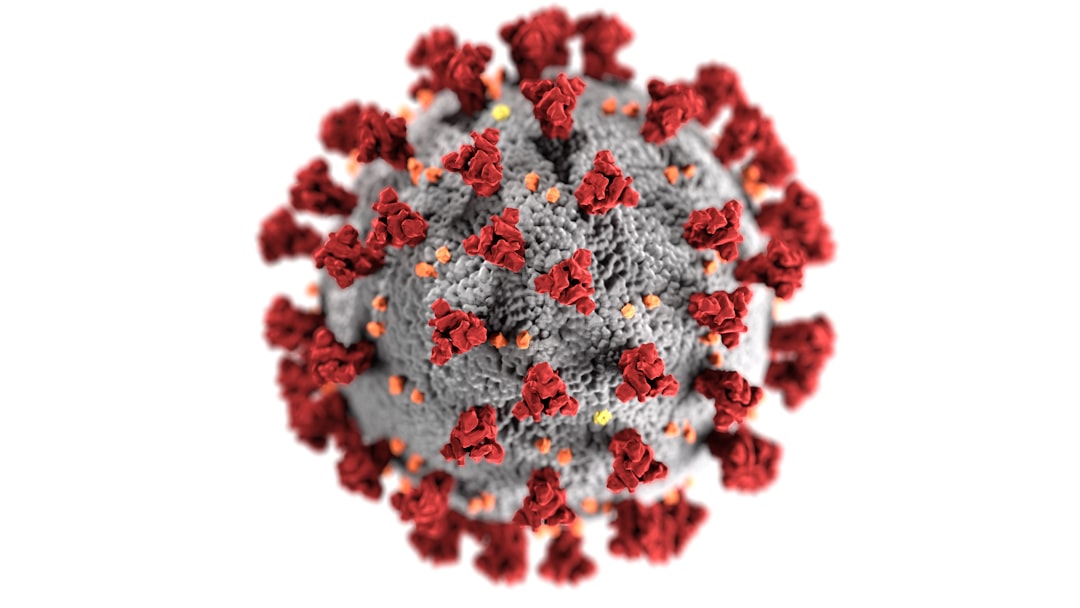What is it about?
Among functional significant (QFR≤0.80) vessels, physiological focal disease (high PPG index) can benefit from PCI with lowest risk of VOCO, however, those with physiological diffuse coronary atherosclerosis (low PPG index) did not benefit from PCI, showing similar risk of VOCO as conservative treatment. Integration of CAD burden and pathophysiological pattern assessment by QFR-derived PPG index can provide additional information on plaque distribution and discriminate ischemia-causing vessels could benefit from PCI.
Featured Image

Photo by Robina Weermeijer on Unsplash
Why is it important?
In patients with ischemia-causing vessels and percutaneous coronary interventions are considered, measurement of vessel disease burden as well as functional disease pattern to distinguish functional focal from diffuse disease might be needed for clinical decision and prognosis prediction.
Perspectives
Prospective studies are needed to determine the best treatment strategy for patients with myocardial ischemia and physiologic diffused disease.
Neng Dai
Read the Original
This page is a summary of: Integrated coronary disease burden and patterns to discriminate vessels benefiting from percutaneous coronary intervention, Catheterization and Cardiovascular Interventions, October 2021, Wiley,
DOI: 10.1002/ccd.29983.
You can read the full text:
Contributors
The following have contributed to this page










